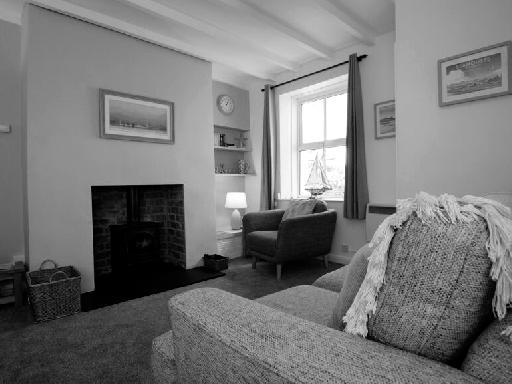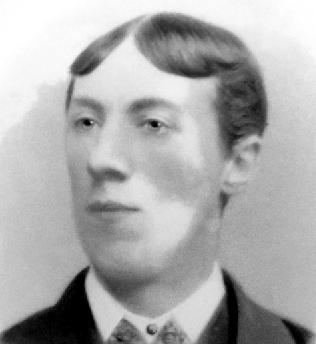would prefer a hard copy please give me a call on 0191 370 2961and I will send you a paper copy. Public Health England's Greenbook gives details of the clinical risk categories. Chapter 14a pages 9 - 10:
https://assets.publishing.service.gov.uk/government/uploads/system/uploads/att achment_data/le/961287/Greenbook_chapter_14a_v7_12Feb2021.pdf NHSBT Vaccinations Frequently asked Questions: https://nhsbtdbe.blob.core.windows.net/umbraco-assetscorp/21536/inf1559.pdf Joan Bedlington The Man who saved Hadrian's Wall and changed Newcastle City Centre. While looking up facts for the piece on “ What the Romans did for us ” I came across the incredible story of John Clayton ( 1792-1890 ). He was the son of Nathaniel Clayton, the town clerk of Newcastle. In the late 1790's, Nathaniel purchased the Chesters Estate in Northumberland through which part of Hadrian's Wall runs, and which contained the Chesters fort site. From an early age John Clayton became interested in the excavation of the Roman ruins at the Chesters site as well as the Roman remains in the nearby countryside. The Wall originally ran for 73 miles from Segedunum (Wallsend) to the shores of the Solway Firth. It is estimated that it took 15,000 men 6 years to build. By the early 1800s it was a pale shadow of the original, with many stones removed for the building of roads, walls and houses. A visit to any of the villages along the route of the Wall today, reveals how much material had been removed. John Clayton, succeeded his father as Town clerk and held that position for 45 years from 1822 to 1867 while also managing the farms on the Chesters estate. Using the prot from the farms, he started buying land on which the Wall stood to prevent farmers from taking stones from the Wall. Eventually, he controlled major areas of land along its length including the sites of Chesters, Carrawburgh, Housesteads, Cavoran and Vindolanda and much of the 20 miles of the Wall within this stretch. Workmen were employed to restore sections of the Wall generally up to a height of seven courses. The best examples of this work can be seen at Housesteads. Unfortunately, his contribution to excavating Hadrian's Wall has often been overlooked but without his timely intervention much more of this World Heritage site would LIVErNEWS Issue 74 ~
18 ~ Spring 2021











